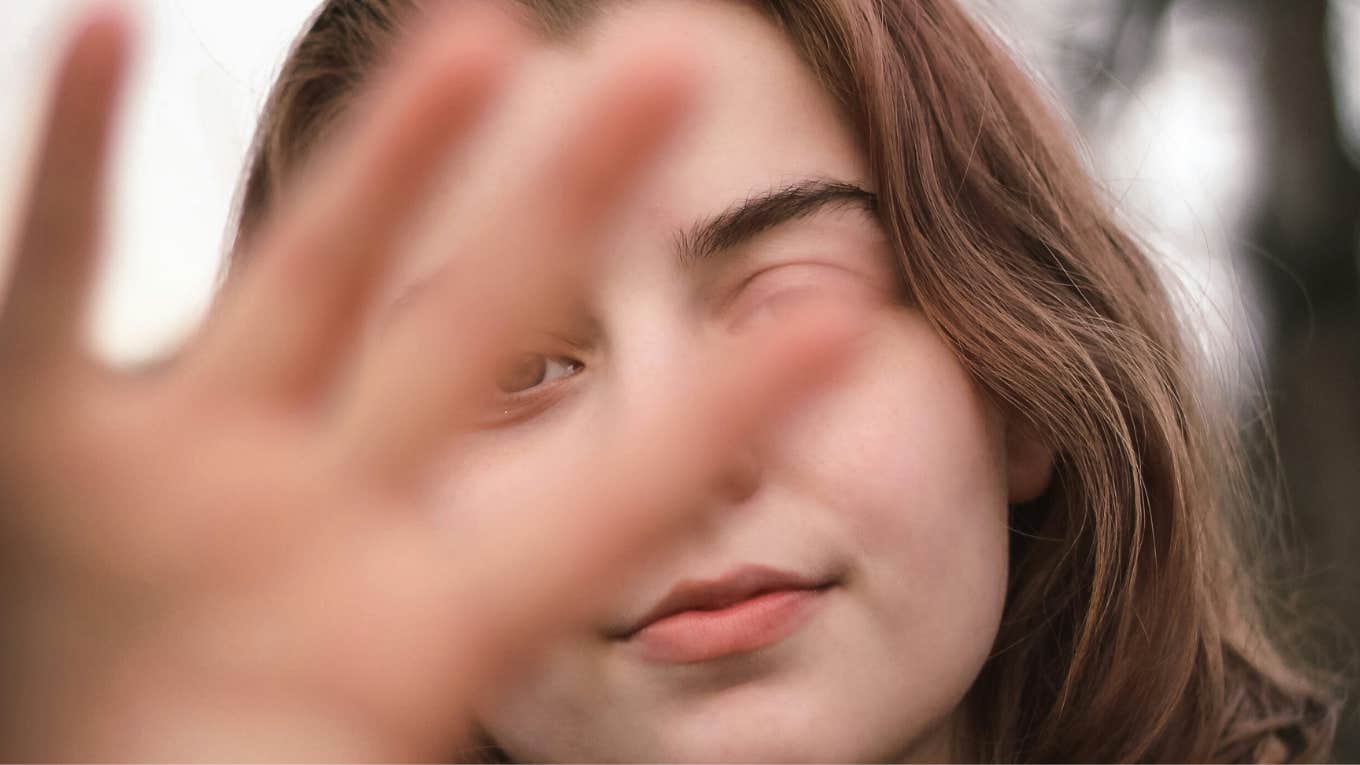People Who Do This One Thing With Their Hands Come Off Way More Likable, According To Research
It’s a small, almost subconscious gesture but research shows it can instantly make you seem more trustworthy and approachable.
 Steven Rector | Unsplash
Steven Rector | Unsplash If you’d like to appear more likable, research says to make one simple tweak: uncross your arms.
A 2016 study published recently in Psychological and Cognitive Sciences found that people who have expansive body language —outstretched arms and legs, relaxed torsos — were rated as more attractive than those with more constricted postures.
The study shows that people who talk with their hands are more popular. Online dating is now the second most common way that couples meet and the authors say it may be fundamentally changing the way we evaluate potential partners. People who meet through friends or work can take weeks, months, or even years to develop an attraction — with online dating, decisions are often made in minutes or even seconds.
The study, which was led by Tanya Vacharkulksemsuk, examined daters’ responses in online profiles and in real-time. In the first experiment, female-male pairs were videotaped at a speed-dating event. After each four-minute session, participants rated each date and indicated their interest in seeing that person again.
 La Famiglia / Shutterstock
La Famiglia / Shutterstock
Men and women who had a relaxed, expansive posture were rated as more attractive than those who had tighter postures.
Tighter postures, for instance, include crossed legs, arms held close, etc. But the researchers noted, there was still a causality question: were daters more liked because they had open postures, or did they have open postures because they were more liked?
To tackle that issue, the team published twelve online profiles of six confederates. Each “dater” released two profiles with different pictures—one with an expansive posture and one with a closed posture. The researchers found that profiles with pictures showing the daters in open postures were 27% more likely to yield a ‘yes’ response.
The results were particularly striking for men. In general, women say ‘yes’ to potential mates much less frequently than men do and this was true for the experiment—overall, the male profiles received only 30 out of a possible 1500 ‘yes’ responses. But 87% of those ‘yeses’ were to profiles with open postures. For the women’s profiles, 53% of the ‘yes’ responses were to profiles with expansive postures.
The authors note that the data on gender differences didn’t yield conclusive results, since the population size wasn’t large enough. But they said that the overall findings belie a lot of folk wisdom about women and dating. “The fact that a woman’s expansive posture positively predicted men’s attraction in both studies challenges the traditional thinking that women should be demure or subordinate to be attractive,” they said.
The researchers also found that an open posture communicates dominance.
When daters make snap judgments favoring people with open postures, it could be because they’re receiving the signal that their date has resources they’re willing to share, they hypothesized.
Either way, the authors conclude that relaxed postures make a significant difference. “Our current results reveal that people who are seen in expansive, open nonverbal displays enjoy increases in others’ romantic attraction toward them. That is, an individual’s expansive posture conveying dominance and openness causes the partner to experience greater attraction.”
When you’re taking a profile shot or preparing for a date, fretting about your appearance is natural. But if inspecting your bald spot or Buddha's belly causes you stress, remember — your best strategy may be to sit back, relax, and open yourself up to the gorgeous human on the other side of the table or screen.
Sara Eckel is a writer whose essays and reported pieces have appeared in the New York Times, Salon, Forbes, Time Out New York, the Shambhala Sun, GOOD, Martha Stewart Living, and more.

